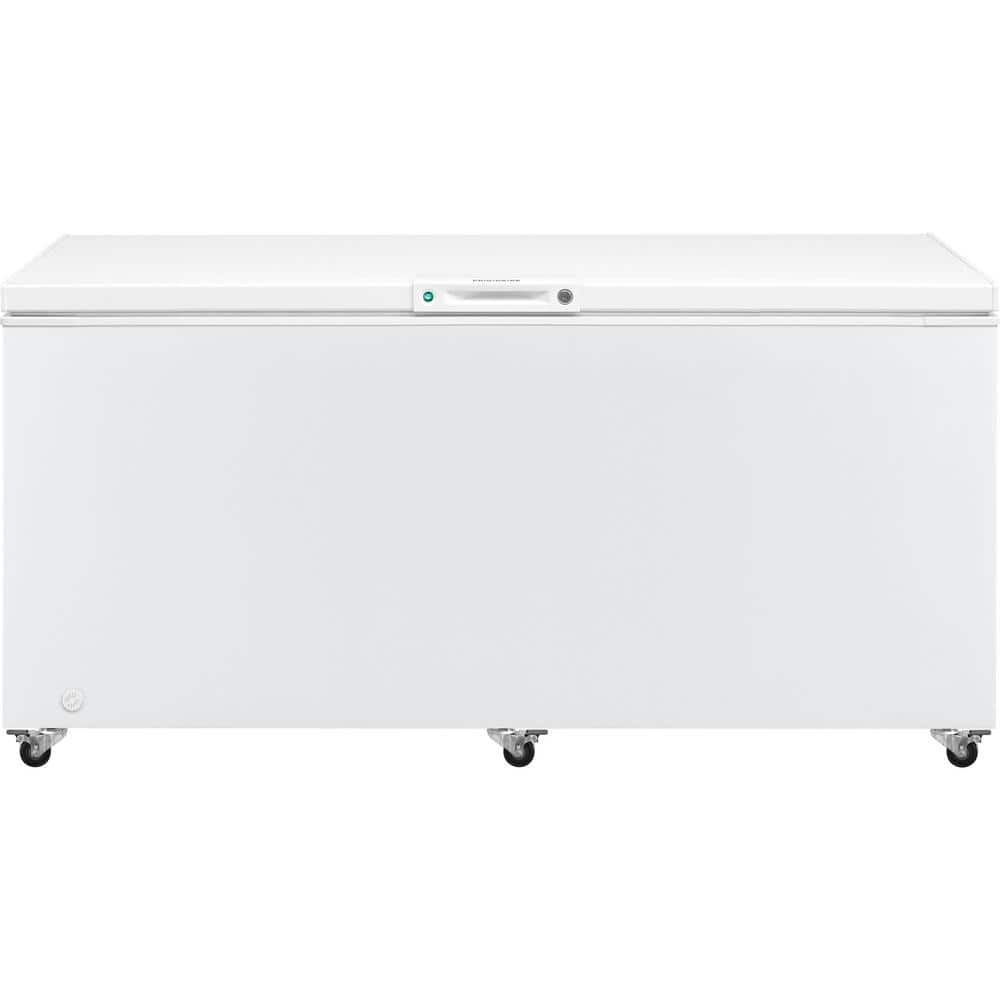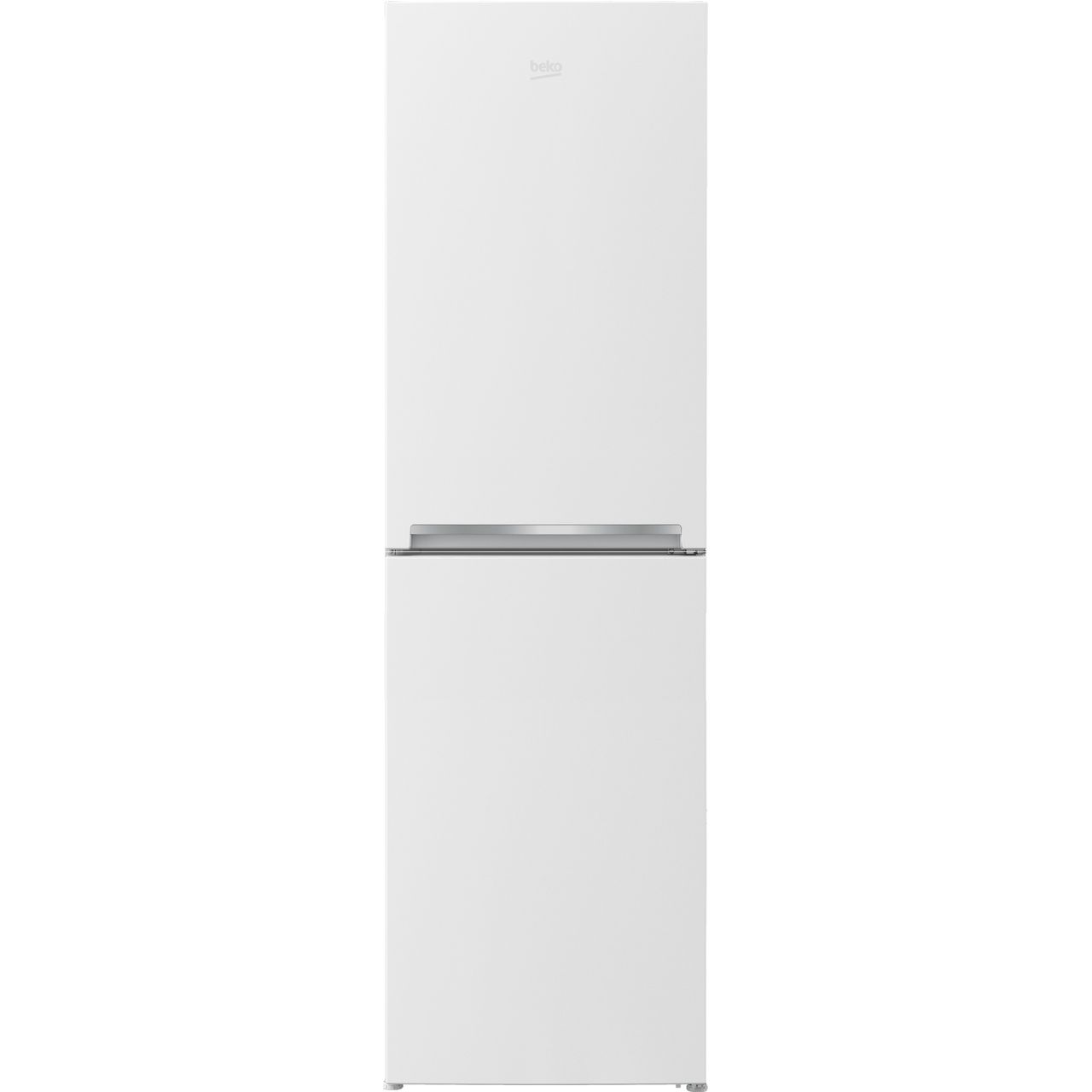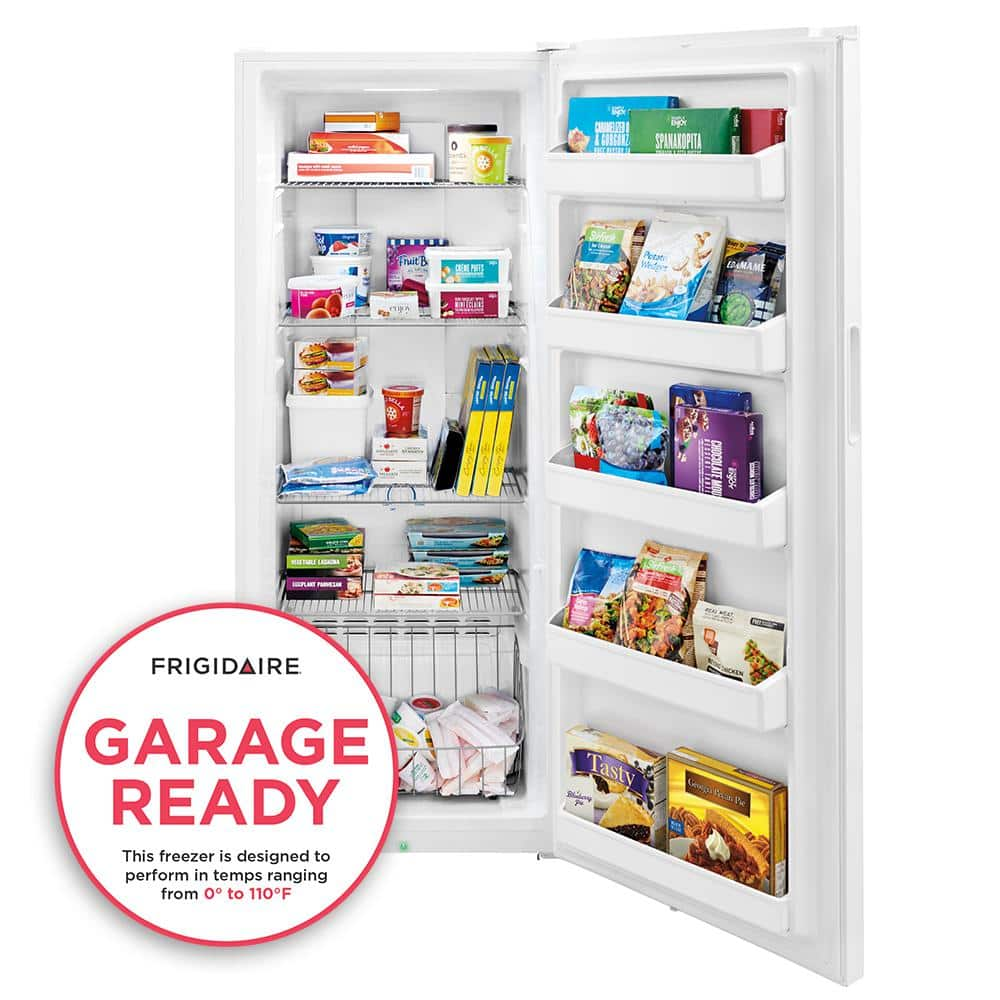LG Door-in-Door™ GSJ961PZVV Wifi Connected American Fridge Freezer – Steel
601 litre capacity – holds 33 bags of food shopping. Door-in-Door design for even more storage space. Maintains the perfect moisture level to keep food fresh. Inverter Linear Compressor is quieter & longer-lasting.
Keep stocked up on the weekly essentials with this LG American fridge freezer. It boasts a massive 601 litre capacity, meaning it’ll easily hold up to 33 shopping bags filled with delicious meats, snacks and tasty desserts. Plus, thanks to the clever Door-in-Door™ design, there’s a handy compartment within the main door to provide extra storage space. This is the perfect home for your milk, fruit juices and condiments, as they’ll be really easy to get to at all times. It also comes with a Moist Balance Crisper™ drawer, which maintains a steady humidity level to create the best environment for your fresh fruits and vegetables. It’ll never be noisy to run either, because the Inverter Linear Compressor uses brushless magnets instead of moving parts.
- 601 litre capacity – holds 33 bags of food shopping
- Door-in-Door design for even more storage space
- Maintains the perfect moisture level to keep food fresh
- Inverter Linear Compressor is quieter & longer-lasting
- Standard width – 91cm
Additional information
| Dimensions | (H)179.0 x (W)91.2 x (D)73.8 |
|---|---|
| Dimensions With Packaging | (H)189.1 x (W)96.8 x (D)77 cm |
| Weight | 124 Kg |
| Weight With Packaging | 144 Kg |
American(s) may refer to:
- American, something of, from, or related to the United States of America, commonly known as the "United States" or "America"
- Americans, citizens and nationals of the United States of America
- American ancestry, people who self-identify their ancestry as "American"
- American English, the set of varieties of the English language native to the United States
- Native Americans in the United States, indigenous peoples of the United States
- American, something of, from, or related to the Americas, also known as "America"
- Indigenous peoples of the Americas
- American (word), for analysis and history of the meanings in various contexts
A door is a hinged or otherwise movable barrier that allows ingress (entry) into and egress (exit) from an enclosure. The created opening in the wall is a doorway or portal. A door's essential and primary purpose is to provide security by controlling access to the doorway (portal). Conventionally, it is a panel that fits into the doorway of a building, room, or vehicle. Doors are generally made of a material suited to the door's task. They are commonly attached by hinges, but can move by other means, such as slides or counterbalancing.
The door may be able to move in various ways (at angles away from the doorway/portal, by sliding on a plane parallel to the frame, by folding in angles on a parallel plane, or by spinning along an axis at the center of the frame) to allow or prevent ingress or egress. In most cases, a door's interior matches its exterior side. But in other cases (e.g., a vehicle door) the two sides are radically different.
Many doors incorporate locking mechanisms to ensure that only some people can open them (such as with a key). Doors may have devices such as knockers or doorbells by which people outside announce their presence. (In some countries, such as Brazil, it is customary to clap from the sidewalk to announce one's presence.) Apart from providing access into and out of a space, doors may have the secondary functions of ensuring privacy by preventing unwanted attention from outsiders, of separating areas with different functions, of allowing light to pass into and out of a space, of controlling ventilation or air drafts so that interiors may be more effectively heated or cooled, of dampening noise, and of blocking the spread of fire.
Doors can have aesthetic, symbolic, ritualistic purposes. Receiving the key to a door can signify a change in status from outsider to insider. Doors and doorways frequently appear in literature and the arts with metaphorical or allegorical import as a portent of change.
LG Corporation (or LG Group), formerly known as Lucky-Goldstar, is a South Korean multinational conglomerate founded by Koo In-hwoi and managed by successive generations of his family. It is the fourth-largest chaebol (family-run conglomerate) in South Korea. Its headquarters are in the LG Twin Towers building in Yeouido-dong, Yeongdeungpo District, Seoul. LG makes electronics, chemicals, household appliances, and telecommunications products and operates subsidiaries such as LG Electronics, Zenith, LG Display, LG Uplus, LG Innotek, LG Chem, and LG Energy Solution in over 80 countries.
Steel is an alloy of iron and carbon with improved strength and fracture resistance compared to other forms of iron. Because of its high tensile strength and low cost, steel is one of the most commonly manufactured materials in the world. Steel is used in buildings, as concrete reinforcing rods, in bridges, infrastructure, tools, ships, trains, cars, bicycles, machines, electrical appliances, furniture, and weapons.
Iron is always the main element in steel, but many other elements may be present or added. Stainless steels, which are resistant to corrosion and oxidation, typically need an additional 11% chromium.
Iron is the base metal of steel. Depending on the temperature, it can take two crystalline forms (allotropic forms): body-centred cubic and face-centred cubic. The interaction of the allotropes of iron with the alloying elements, primarily carbon, gives steel and cast iron their range of unique properties. In pure iron, the crystal structure has relatively little resistance to the iron atoms slipping past one another, and so pure iron is quite ductile, or soft and easily formed. In steel, small amounts of carbon, other elements, and inclusions within the iron act as hardening agents that prevent the movement of dislocations.
The carbon in typical steel alloys may contribute up to 2.14% of its weight. Varying the amount of carbon and many other alloying elements, as well as controlling their chemical and physical makeup in the final steel (either as solute elements, or as precipitated phases), impedes the movement of the dislocations that make pure iron ductile, and thus controls and enhances its qualities. These qualities include the hardness, quenching behaviour, need for annealing, tempering behaviour, yield strength, and tensile strength of the resulting steel. The increase in steel's strength compared to pure iron is possible only by reducing iron's ductility.
Steel was produced in bloomery furnaces for thousands of years, but its large-scale, industrial use began only after more efficient production methods were devised in the 17th century, with the introduction of the blast furnace and production of crucible steel. This was followed by the Bessemer process in England in the mid-19th century, and then by the open-hearth furnace. With the invention of the Bessemer process, a new era of mass-produced steel began. Mild steel replaced wrought iron. The German states were the major steel producers in Europe in the 19th century. American steel production was centered in Pittsburgh, Bethlehem, Pennsylvania, and Cleveland until the late 20th century.
Further refinements in the process, such as basic oxygen steelmaking (BOS), largely replaced earlier methods by further lowering the cost of production and increasing the quality of the final product. Today more than 1.6 billion tons of steel is produced annually. Modern steel is generally identified by various grades defined by assorted standards organizations. The modern steel industry is one of the largest manufacturing industries in the world, but also one of the most energy and greenhouse gas emission intense industries, contributing 8% of global emissions. However, steel is also very reusable: it is one of the world's most-recycled materials, with a recycling rate of over 60% globally.






by Kenneth
Really like this product.Really good looking machine, and plenty of room in the fridge and freezer is quite roomy too. Also the water cooler and ice dispenser are good
by Daren
Super looking. And very nice to use.
by Kerry
Door-in-door is fab to quickly grab drinks and milk, can even get into the main fridge to reach some items. Husband loves the water & ice dispenser. Fridge is massive struggling to fill it for just two of us. Also love the utility box for cheeses and sliced meats, olives, spreads anything in a small package and then doesn’t have to be stacked and easily accessible.
by Burns
Really pleased with my fridge freezer, struggled to get it in, but delivery men we’re great.
by Laura
The inner door is so handy. Looks great and is very quiet.
by Gillie
An excellent American style fridge freezer with good storage capacity, all very well lit and quiet in the kitchen. The ‘Door in a Door’ special feature is a great way to repeatedly use milk, butter, cold drinks etc without opening the full door which would cause loss of cold air. It is necessary to ensure that the door has clicked closed or it could quietly open. If wished, the ice maker can be removed providing extra storage space whilst retaining the cold water dispenser.